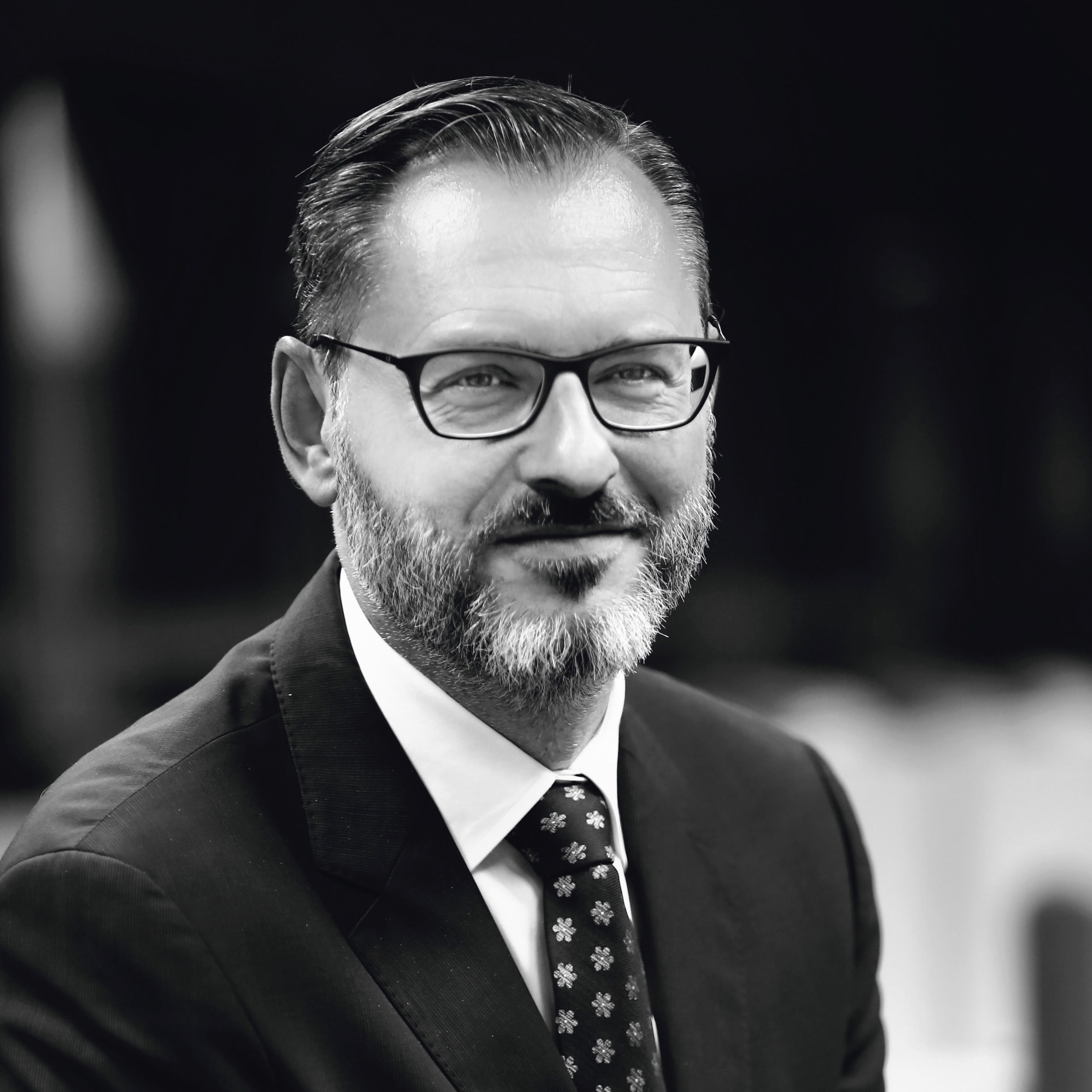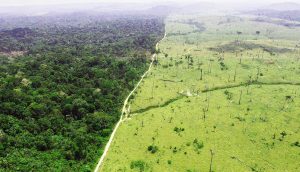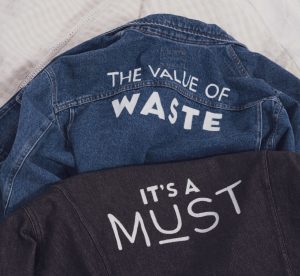As the world’s population grew more and more concerned, people naturally looked to their leaders for reassurance, guidance and ‘the facts’, with some handling the pressure of communication better than others.
Practitioners of both crisis and emergency risk communication do not always get it right. One way both can develop is by looking to each other for improvements and finding synergies. Throughout the global pandemic, mistakes were made by many of those handling public & private sector communications, but now is the time to learn from those mistakes.
The difference between Emergency Risk and Crisis Communication
The major difference between crisis and emergency risk communications is that the first is largely about protecting reputation, while the latter focuses on protecting human life. Crisis communication in the private sector is designed to minimise reputational damage to an organisation, meaning messages are put out by a Public Relations team in order to defend a company in the media and with stakeholders.
Emergency Risk Communication, on the other hand, protects public health & safety rather than reputation, and is usually issued by official bodies such as a national government or international organisations like the World Health Organization (WHO). Emergency risk communication is a relatively novel form of public messaging, and thorough research into the most effective methods has only really begun during the past decade.
Covid-19 has altered many things, and one change may well be a fusion of crisis and emergency risk communications. Corporations across all sectors have been impacted by the Coronavirus on every level, including taking on more responsibility for the health and wellbeing of their employees. While many looked to government institutions to provide clear guidance and to set standards, that guidance and standard-setting was found to be lacking, and even confusing. As a result, it has forced many companies to set their own standards and make their own judgment calls.
Governments almost always take a ‘top-down’ approach to a national crisis, and Covid-19 has been no exception. The pandemic has, however, shown that this method is often ineffective. Announcements of blanket rules and public health orders were often ill-judged or misunderstood. A far better tactic would have been to set out the risks and the science in a clear, meaningful way, with tailored & practical information that allows individuals and companies to act and protect themselves…
Crisis and emergency risk communications both have their place and their virtues. More importantly, the two can learn from one another, as we will explore in the rest of this article.
What makes good communication during a pandemic?
Good communication rests entirely on the usability of the information to the intended audiences and the way it is conveyed. Mixed messages from the British government are almost certain to have contributed to the country’s mismanagement of the pandemic, with disastrous press briefings and ministerial disagreements all playing a part.
For an example of a better approach, we can look to Portugal. The Portuguese government quickly realised that you need to offer glimmers of hope when communicating troubling news, giving the public something to aim for and therefore making them more likely to comply with lockdown measures. For instance, the government in Portugal outlined a timeline for when they ‘hoped’ to reopen the borders – this meant the reopening date could change depending on circumstances, but comforted people that it would happen soon.
One aspect with Portugal is crucial in this context. Cultural studies have shown that Portugal, in comparison with the rest of the European countries (except for Spain) is “Collectivist”. This is manifest in a close long-term commitment to the member ‘group’, be that a family, extended family, or extended relationships. Portuguese society fosters strong relationships where everyone takes responsibility for fellow members of their group. Combine this with a high degree of “uncertainty avoidance” where there is an emotional need for rules (even if the rules never seem to work) and we can see that the communication approach in the context of Covid-19 was adapted to the audience.
The mistakes made during Covid-19
Risk analysis & preparedness has been treated a little like insurance, and governments are reluctant to pay for something which may never happen. Despite the WHO and leading scientists warning of a pandemic for well over a decade, most of the world’s governments were not forward-thinking enough and were ill-prepared when Covid-19 struck.
So why did governments lag? There are two key reasons we could point to. First, preparations take a lot of resources and entail seeing a potential situation from every angle. Second, preparing may involve investing in high-value goods – with Coronavirus, PPE and emergency hospitals among other preparedness measures. Many saw the time, effort and money involved as too much of a drain.
Many would argue that a pandemic is harder to plan for than, for instance, a terrorist attack. While terrorism usually involves a one-off event at a local level, a global pandemic is long term, touches every sector of society and turns health into a geopolitical weapon. However ‘difficult’ preparation might seem, it still has to be done.
The lessons learnt from Covid-19
Covid-19 has taught us all some valuable lessons, not least the value of preparation. That preparation extends to strong, pre-emptive risk communications, thinking about how potentially life saving information and advice can be delivered in a clear, logical but empathic way. What we’ve seen is that crisis and emergency risk communications can learn from one another, with public and private sector organisations both able to teach and take away lessons.
Emergency Risk Communicators can look to the ‘project management’ approach of private sector bodies: the ability to analyse risk and mitigate it. Crisis Communicators can look to social sciences, seeing that the messages they deliver are underpinned by social, cultural and psychological research. In an ideal world we would see the setup of a common knowledge and experience sharing platform between the two communication specialties.
Because Covid-19 has been and will be on the global political agenda for a long time, the backlash and impact will also be long term. Good communicators know that a reputation has a price tag, whether that’s public trust for governments or shareholder faith for private companies. Bridging the gap between these two professions is going to be vital in the near future- especially now that we’ll have to tackle the completely underestimated mental health impact of Covid-19 measures.
It’s only by listening to and learning from one another that we’ll be able to tackle the enormous challenge before us.








